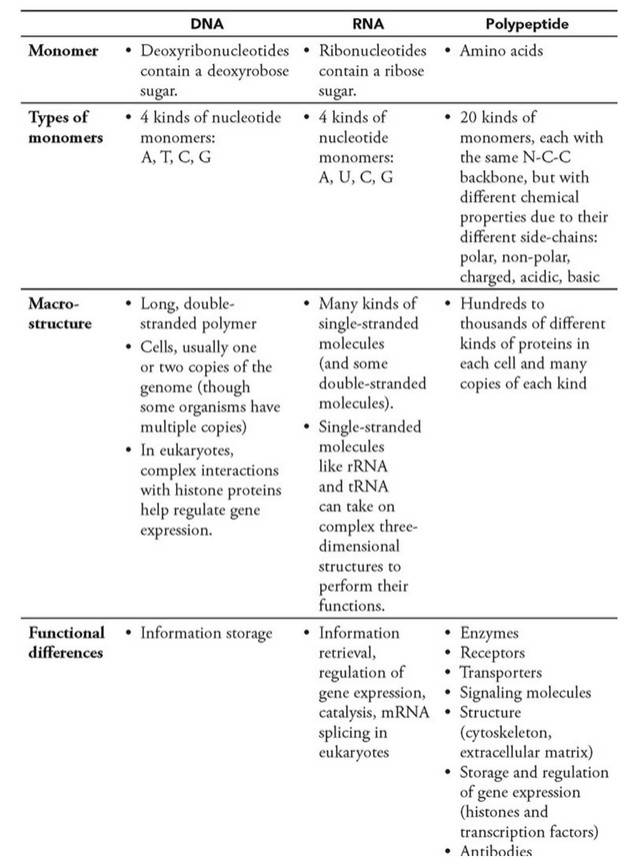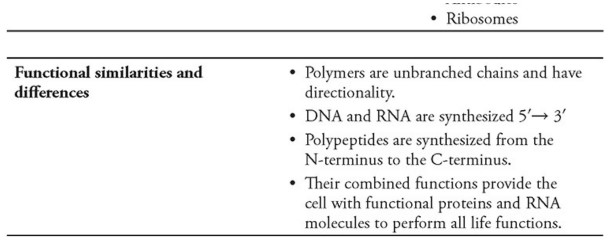Question
Refer to a series of experiments involving the bacteria Streptococcus pneumoniae (pneumococcus). There are two strains of S. pneumoniae, the pathogenic S-strain and the harmless R-strain. The S- cells have a smooth appearance due to the presence of a polysaccharide capsule surrounding the cells. The R-cells appear rough because they lack the polysaccharide capsule.
In the first experiment, mice were injected with one of four different solutions containing living R-cells (group 1), living S-cells (group 2), heat- killed S-cells (group 3), or heat-killed S-cells mixed with living R-cells (group 4). The results are given in the following table.
Figure 1 illustrates the results of many generations of cultivation of S. pneumoniae in vitro. Some S-cells lose the ability to make the
polysaccharide capsule, transforming them into R-cells (Figure 1).
In a separate observation, R-cells grown with S-cells were transformed into
S-cells (Figure 2).
The procedure and results of an experiment to identify the class of biomolecule responsible for the transformation of R-cells into S-cells is
shown as follows in Figure 3. S-cell homogenates were fractionated into RNA, protein, DNA, lipid, and carbohydrate components. R-cells were
incubated in one of the five fractions.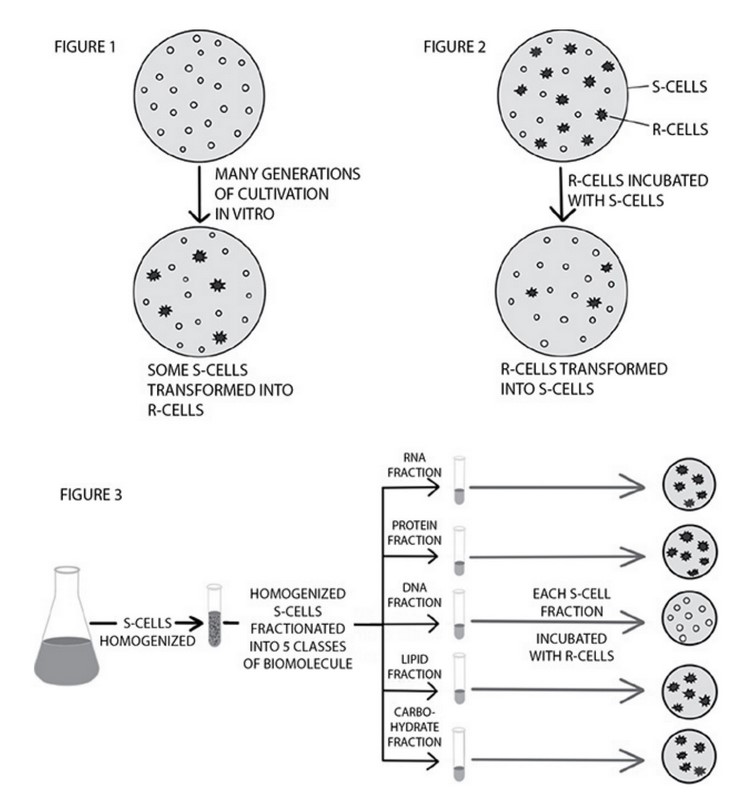
Explain why R-cells incubated in the RNA, protein, lipid, and carbohydrate fractions did not transform into S-cells.
▶️Answer/Explanation
Ans:
The transforming factor is DNA.
Question
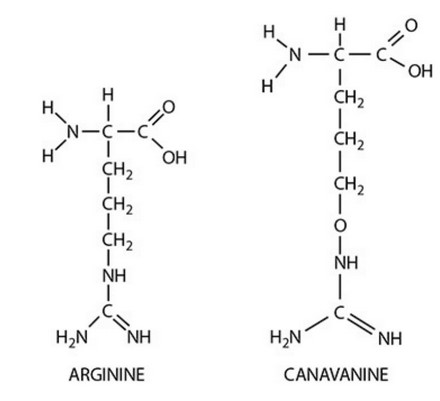
Some plants produce an unusual amino acid called canavanine.
Canavanine resembles arginine, an amino acid all organisms use to make proteins. The plants that make canavanine do not use it to make
proteins, but the insects that eat the plant incorporate it into their proteins in place of arginine.
Explain how the incorporation of canavanine into a protein could be harmful to the insect.
Propose a hypothesis to explain how the amino acid could have been incorporated into the protein when it is not one of the 20 amino acids used to make proteins.
▶️Answer/Explanation
Ans:
Each of the 20 amino acids used to make proteins in cells has a
specific R-group that determines its chemical function in the protein. The
amino acid sequence determines the three-dimensional structure of the
protein that determines its function and specificity. Because the overall
protein structure is an emergent, complex effect of the chemical properties of
hundreds of amino acids, any change in the protein (like ligand binding or
phosphorylation) can bring about a change in its folding and therefore the
function.
Sickle-cell anemia is a devastating blood disorder that has multiple
phenotypic effects and is caused by a single amino acid substitution in a
polypeptide of hemoglobin. The effect of substituting some or all of the
arginine residues with canavanine can have a large effect on multiple
proteins.
The enzyme that adds the amino acid to the tRNA (aminoacyl-tRNA
synthetase) clearly mistakes canavanine for arginine. Their chemical structures are nearly identical (see the following figure).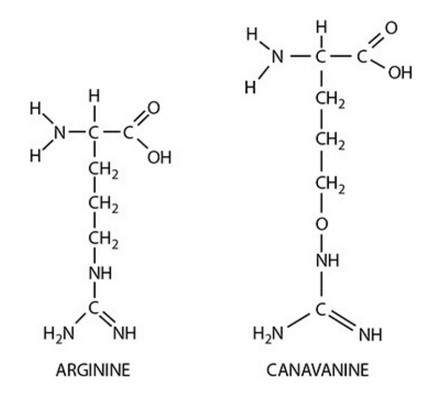
Question
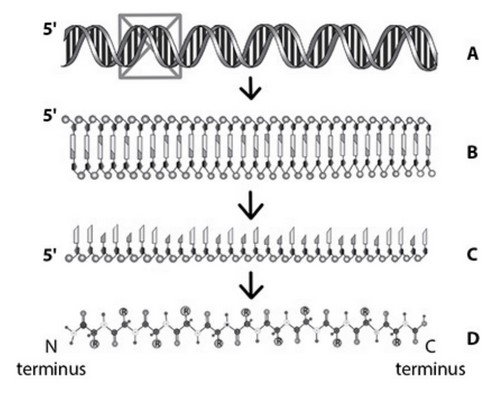
Compare and contrast the structures and functions of the molecules represented in the diagram on the previous page.
▶️Answer/Explanation
Ans:
